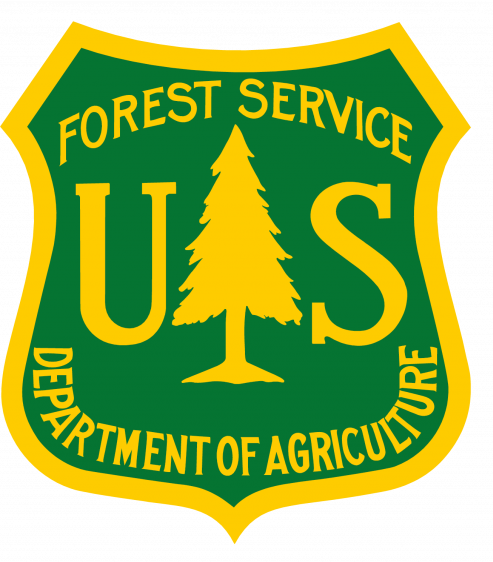Bangladesh has sustained robust economic growth for the past three decades and is on track to become a high-income country by 2041. Despite rapid socio-economic progress, fast and unplanned urbanization and industrialization coupled with a lack of proper natural resource management are straining Bangladesh’s natural environment. In Bangladesh, at present forest cover is 12.8% of the total country area. To foster economic growth, while supporting the livelihoods and health of its people, the Government of Bangladesh has invested in sustainable initiatives to protect its natural forests and biodiversity.
The forests of Bangladesh are mainly managed by Forest Department and some areas are managed by the Ministry of Land represented by the Deputy Commissioners of Chittagong Hill Tracts (CHT). Ecologically, the forests of Bangladesh are broadly classified into five types:The forests of Bangladesh are mainly managed by Forest Department and some areas are managed by the Ministry of Land represented by the Deputy Commissioners of Chittagong Hill Tracts (CHT). Ecologically, the forests of Bangladesh are broadly classified into five types:
- Tropical evergreen or mixed evergreen Hill Forest – Tropical mixed evergreen forest is the most important type, with the Dipterocarps being the dominant tree species. The forests are located in the hilly areas of Sylhet, Moulvibazar, Habiganj, Ragnamati, Bandarban, Khagrachari, Chittagong, and Cox’s Bazar districts.
- Sal forest: The Sal forests are tropical moist deciduous forests, dominated by Sal (Shorea robusta) and Sal associates. The forests are located in the Districts of Gazipur, Mymensingh, Tangail, and Cumilla, and in the districts of Rangpur, Dinajpur, and Rajshahi.
- Mangroves (Sundarban): The Sundarban mangrove is a deltaic swamp formed by silt transported over time by the Ganges River system. The dominating species are Heritiera fomes, Excoecaria agallocha, Ceriops decandra and Sonneratia apetala along with another 24 species of mangrove. There is a highly diverse fauna and flora in the area.
- Coastal afforestation: Coastal forests comprise planted mangrove and shoreline forests. This successful afforestation program began in 1966 and has continued since then to protect the population in the coastal areas from cyclones and storm surges and to stabilize newly accredited soil sediments.
- Fresh Water Swamp Forest: Freshwater swamp forests consist of flood-tolerant evergreen trees namely Hijal (Barringtonia acutangula) and Koroch (Pongamia pinnata). Located in Sylhet and Sunamganj district of the country.

